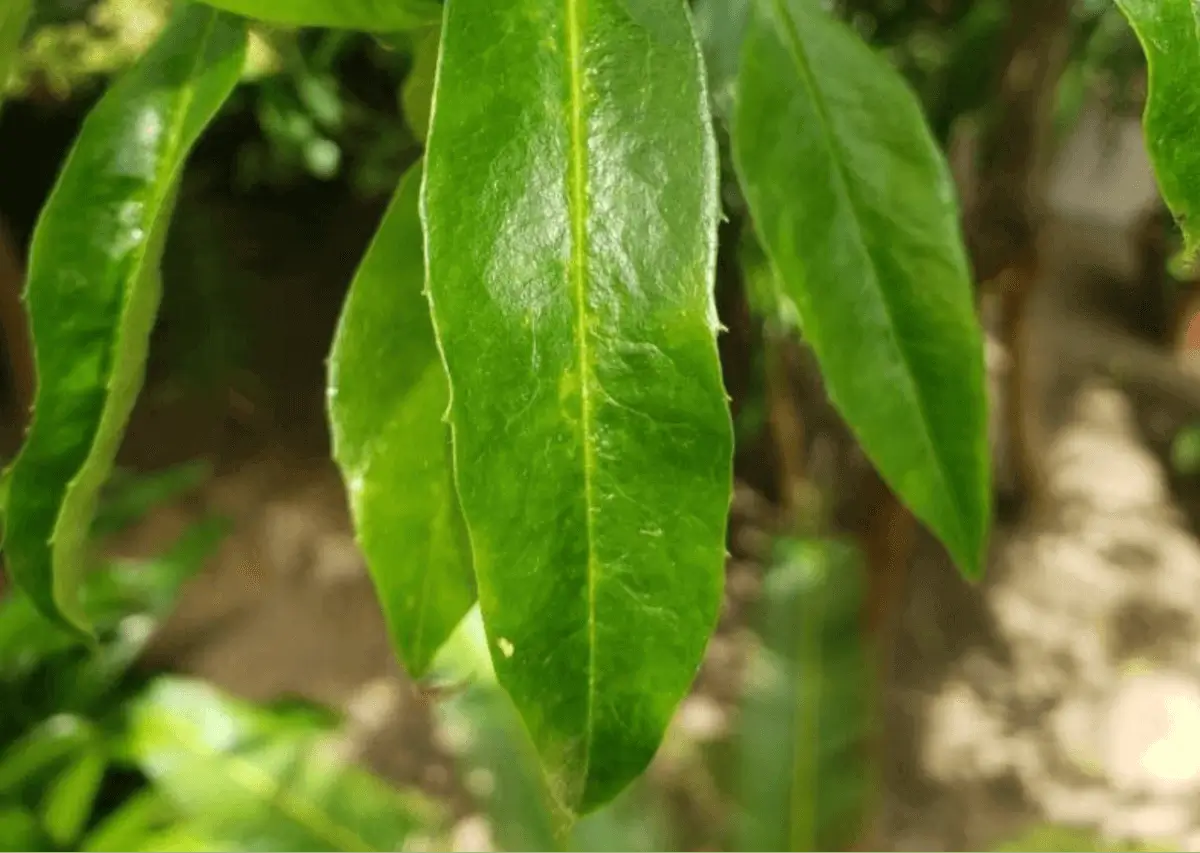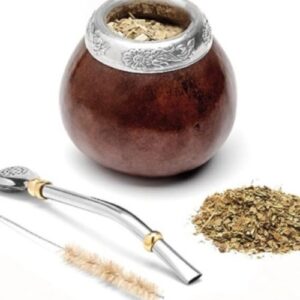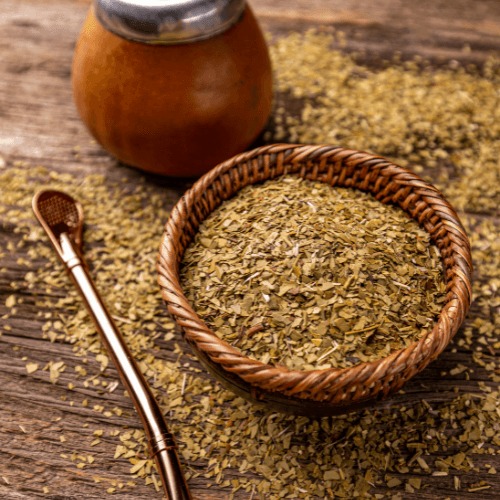The history of yerba mate
The history of yerba mate goes back several centuries, and is closely linked to the indigenous cultures of South America. The yerba mate plant, scientifically known as Ilex paraguariensis, is native to the subtropical region of South America, specifically to areas that encompass present-day Argentina, Uruguay, Paraguay, and southern Brazil.
Before the arrival of European colonizers on the continent, the indigenous Guarani and Tupi tribes already consumed yerba mate and considered it a sacred plant and a gift from the gods. They used the yerba mate leaves to prepare an infusion that they drank during rituals and ceremonies. The drink, which they called “caá-mate” or “caá-y”, was valued for its stimulating and nutritive properties.
When Spanish settlers arrived in the region in the 16th century, they soon adopted the habit of consuming yerba mate and recognized its benefits. The popularity of yerba mate began to grow, and it became a widely consumed drink in the region, both by the colonizers and the indigenous people.
Over the centuries, the production and consumption of yerba mate expanded and became an integral part of the culture of several South American countries. Yerba mate became a symbol of identity and tradition in Argentina, Uruguay and Paraguay, where the main cultivation and production areas were established.
During the 19th century, with the introduction of industrialization, more efficient techniques for the production of yerba mate were developed. Large plantations, known as “yerbales”, were established where the plant was cultivated on a large scale and more modern processing and packaging methods were implemented. Yerba mate began to be marketed in different forms and varieties to satisfy consumer preferences.
Today, yerba mate is still a very popular drink in South America and has gained international recognition. It is exported to many countries around the world, and its consumption has expanded beyond South American communities, reaching people of different cultures and regions.

Today it has become a healthy and natural drink alternative for those looking for a different option to tea or coffee.
Yerba mate has diversified in terms of presentations and flavors. In addition to the traditional yerba mate, different varieties with added flavors such as mint, lemon, tropical fruits and more can now be found on the market. This has broadened its appeal and attracted new consumers.
In terms of production, technological advances have been implemented in the process of growing and processing yerba mate. This has allowed greater efficiency in production, improving the quality of the final product and ensuring consistency in its flavor and aroma.
In addition, efforts are being made to promote sustainability in the production of yerba mate. More environmentally friendly agricultural practices are being adopted, such as soil conservation, biodiversity protection and the promotion of organic agriculture.
Regarding consumption, yerba mate has found its place in the international beverage market. It can be found in health food stores, specialty coffee shops, and online, making it easy for consumers in different parts of the world to access.
In addition, new ways of consuming yerba mate have been created. Products such as instant yerba mate infusions in individual sachets have been developed, which allow the drink to be prepared quickly and conveniently. Companies have also emerged that produce yerba mate-based drinks, such as soft drinks and energy drinks.
In summary, yerba mate continues to be a very present drink today, both in South America and in other countries. Its popularity has grown and diversified in terms of varieties and presentations. Production has been modernized and more sustainable practices are promoted. Yerba mate continues to be valued for its unique flavor and stimulating properties, and its recognition as a healthy, natural beverage has contributed to its growth in the global market.
Origin of the yerba and its process
There are different stages in the yerba mate process. Each of them is of the utmost importance in order to obtain an exquisite final product for the consumer.
1.- Harvest: The yerba mate leaves are harvested from the yerba mate trees (Ilex paraguariensis). Young, tender leaves are usually selected, as they contain a higher concentration of beneficial compounds.
2.- Drying: After harvesting, the leaves undergo a drying process to reduce their moisture content. This process can be carried out by exposure to the sun or by drying in ovens. The goal is to stop fermentation and prevent mold growth.
3.- Grinding: Once dry, the leaves are ground in a mill to produce yerba mate in the form of crushed leaves. At this stage, yerba mate sticks and powder can be added, depending on the type of final product desired.
4.- Cutting and shaking: The crushed yerba mate undergoes a cutting and shaking process to eliminate the thickest stems and obtain a more homogeneous product in terms of particle size.
5.- Cooking: After cutting, the yerba mate undergoes a cooking process to reduce its moisture and improve its flavor. Firing can be done in rotary kilns or in heated drums.
6.- Storage: Once cooked, the yerba mate is stored in large bags or containers so that a maturation process occurs and the characteristic flavors of yerba mate develop.
7.- Packaging: Finally, the yerba mate is packaged in packages or bags for distribution and consumption. It can be found in different presentations, such as vacuum packaging, in sachets or cans.





